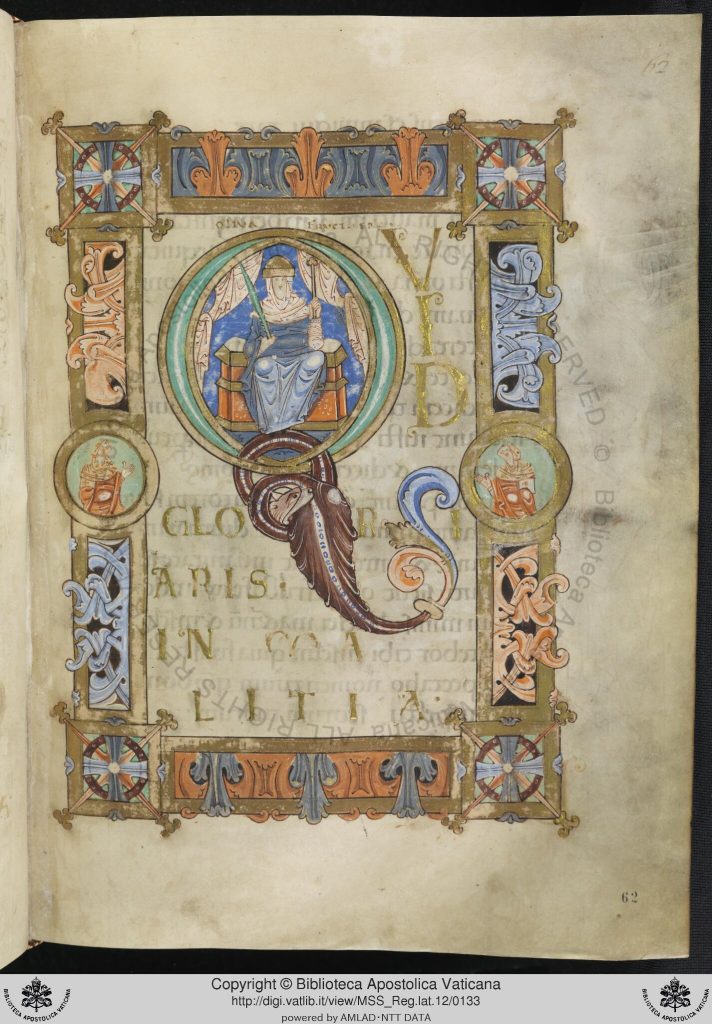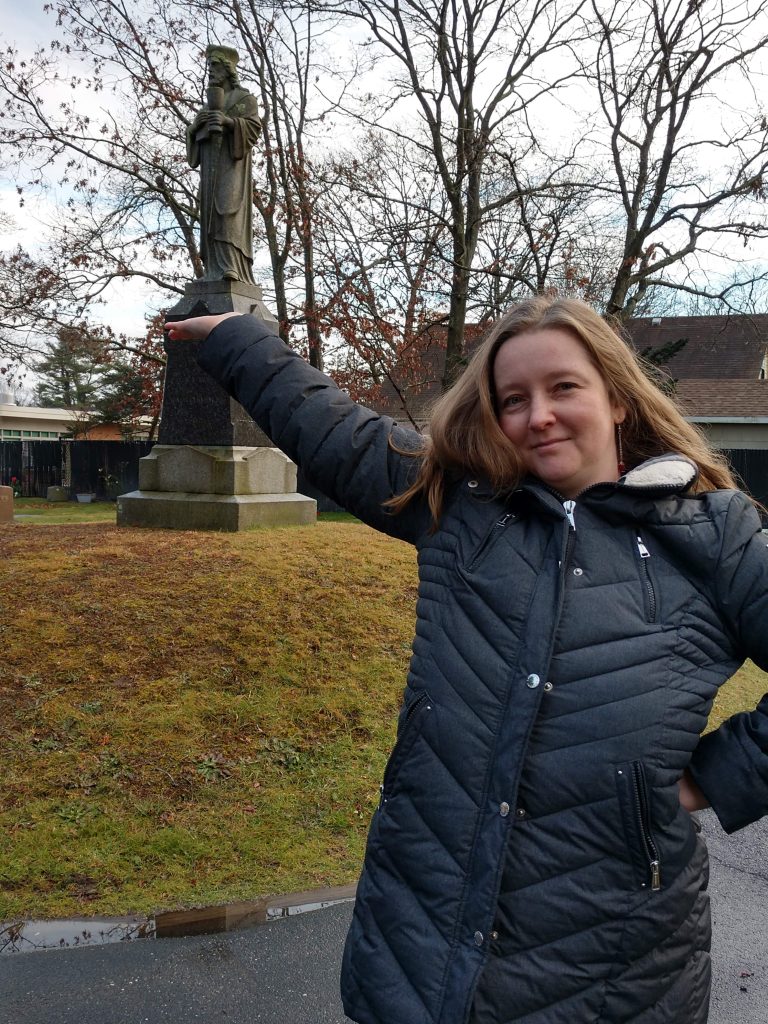

This blog post is the second in a series focusing on members of the Index staff. Today we introduce Jessica Savage.
What is your background and specialization?
I am an Art History Specialist and Index cataloger of Western medieval art, specializing in the art of the medieval book in the later Middle Ages. My research focuses on topics of allegory, gender and personification, and text/image relationships, especially the deep-rooted iconography of personified virtues as they appear in the Psalms. My background is in studio art, and I initially trained as a painter and printmaker at Pratt Institute in Brooklyn, New York. My first art history survey course at Pratt, now twenty years ago, commenced with a discussion of the Venus of Willendorf and you could say I haven’t looked back since! I completed my postgraduate training at Christie’s Education in London and earned my MLitt degree in the History of Art from the University of Glasgow. Here, I wrote my thesis on the iconography of local popular saints depicted on pilgrim’s souvenirs in late medieval England. In 2010, after briefly working as a manuscript specialist for an auction house in New York, I joined the Index to research manuscripts for the joint digitization project undertaken by the Index and the Morgan Library & Museum. This was an enriching start to my Index career, which allowed me great digital access to remarkable manuscripts and their iconography. Later, I pursued an education in library and information science at Rutgers and earned my MLIS degree with a focus on archives.

What research projects are you working on currently?
For the Index, I continue to catalogue illuminations of late medieval manuscripts photographed by James Marrow, Princeton History of Art Professor Emeritus, as well as contribute research for items in the Index card catalog not yet entered into the database, focusing on manuscripts and ivory objects. I am working on a few independent research projects for various conferences and publications. My first project, in collaboration with scholars at the University of Tübingen, is an article on the almsgiving Charity figure, wearing the olive-tree crown, in the forthcoming volume “Personifications in Text and Image.” This study looks at the expression of this charitable personification in an early medieval illuminated Psalters and considers their representational potential and role in conveying meaning. A second project considers a little studied illuminated Prayer Book made in Prague for King George of Poděbrady (r. 1458–1471). The manuscript was made and presented to the king in the year 1466 and is now housed in the Morgan Library & Museum in New York as MS. M.921. This research focuses on the visual relationships within the small cycle of devotional illuminations produced at the fifteenth-century Bohemian court under queen Joanna’s patronage. In early May, I’ll be presenting in the sponsored session of the Society for Emblem Studies at the virtual Kalamazoo conference with new work on the medieval sources of emblematic images inscribed with psalm verse and finding their subject standards.
What do you like best about working at Princeton?
I like best that my days at the Index are full and interesting. Some days I spend looking at an object in our subject card catalog and photographic archive, making trips to the library to check bibliographic references, or answering a research question. Other days I might be editing images, or cleaning data so it is more easily searched in the database. The angles to searching Index information are adaptive, and it’s rewarding to find a new route to discover parts of the collection and share these finds with researchers and colleagues. Moreover, Princeton fosters a supportive environment for research and learning with lectures, workshops, and conferences in any number of topics.
What travel experience played a role in your becoming an art historian?
There were several travels as a graduate student in the UK that played a role. However, one unexpected experience was more recent and closer to home. A few months ago, I rediscovered a statue of the Czech theologian, Church reformer, and martyr Jan Hus (1369–1415) in my hometown on Long Island. The statue of Hus, holding a chalice (the symbol of Utraquist belief in full communion), was erected in Bohemia, New York in 1893. It is known to be one of only two statues of Jan Hus in the United States and it predates the establishment of the Hus memorial in Prague’s Old Town Square by twenty-two years. I am currently researching the 1466 Prayer Book of George of Poděbrady (Morgan Library & Museum, MS. M.921), belonging to George, the Utraquist king of Bohemia, who ruled in the turbulent decades after Jan Hus’s death in 1415. I found it a happy occasion to pay a visit to the important local statue!

What do you like best about being back on campus in person?
After a long separation from the archive and face-to-face conversation with colleagues, it’s wonderful to be back on campus and in the vibrancy of the Princeton community again. What I like best about working at the Index is the comradery over our projects and the rigor of the schedule, which makes every day feel like you’re adding to the pot of progress. It’s also been great settling into our new temporary space in Green Hall and being close to Firestone Library.
Coffee or tea?
I drink tea most days and will have coffee, especially an espresso, on occasion. My regular teas are smoky Earl Grey, oolong tea, and an aged black tea from China called Pu-erh. I believe you also can’t go wrong with the perfect cuppa and enjoy the Yorkshire Gold breakfast variety for that. Teas are wonderful from the blending to the infusion process. I’d almost say, it’s an art!